A recently discovered asteroid will pass exceptionally close to Earth on January 26th. Here’s how to see it.
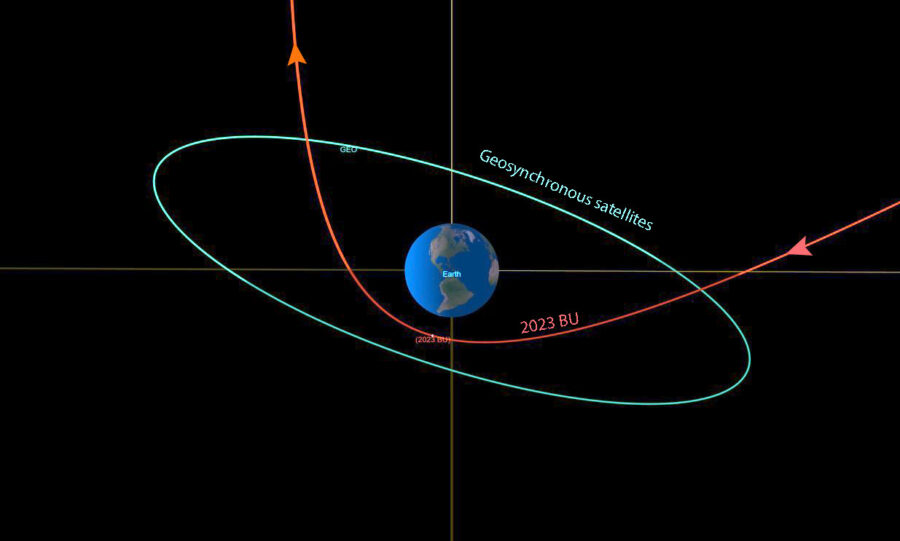
NASA / JPL-Caltech
Stand by, earthlings. We're about to witness one of the closest asteroid approaches ever recorded. On the evening of January 26th, tiny 2023 BU will whiz only about 3,600 kilometers (2,200 miles) from the planet's surface. Before you bolt from your chair to get your affairs in order, know that the flyby will be perfectly safe. The audacious space rock is only about 5 meters (16 feet) across, about the same size as a 2023 Chevy Silverado. Even if it were to strike the atmosphere, it would shatter to bits. In a worst case scenario, a fractured asteroid of its size would pepper the ground with a smattering of meteorites. No worries. Flying past at 9.3 kilometers a second (about 21,000 mph), this traveler won't give us a second thought.
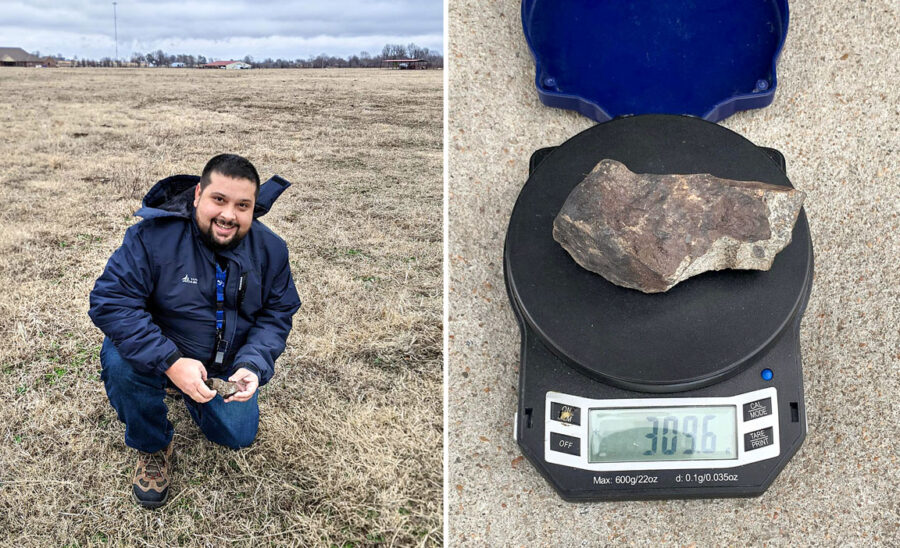
Mike Bandli
Small, near-Earth asteroids are discovered almost daily thanks to robotic searches like the Catalina Sky Survey as well as by amateur astronomers. In fact, it was amateur Gennadiy Borisov who first laid eyes on 2023 BU. He imaged it from Crimea on January 21st, about five days before its closest approach. You might remember him as the discoverer of 2I/Borisov, the first known interstellar comet.
Objects the size of 2023 BU impact the planet about once a year. After atmospheric fragmentation, pieces occasionally survive and fall harmlessly to the ground over a large oval-shape area called a strewn field. These stones from space are eagerly sought by scientists and enthusiasts alike. Coincidentally, on January 21st, hundreds of people across Kansas, Oklahoma, and Texas reported a brilliant fireball that fortuitously dropped meteorites not far from Muskogee, Oklahoma. Pieces of the fall are already in hand.
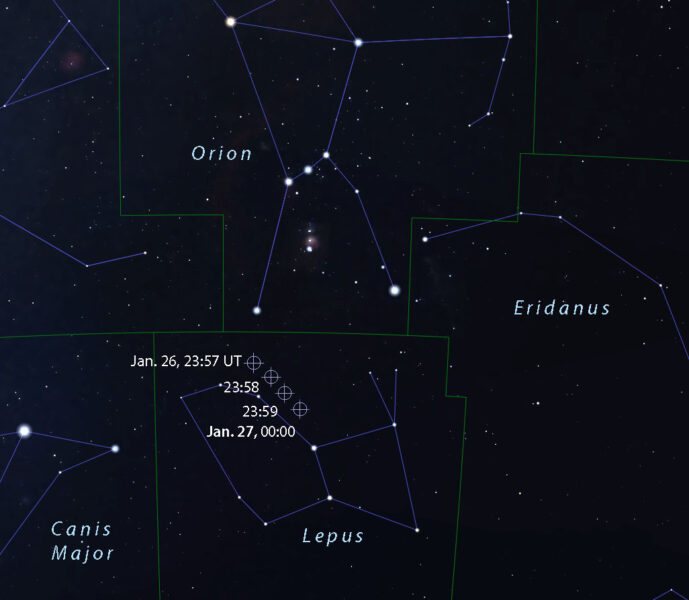
JPL-HORIZONS
When closest to Earth at 7:27 p.m. EST (00:27 UT), 2023 BU will skim over over the South Pacific Ocean, west of the southern tip of South America. Unfortunately, it will be daylight at the time. But about 30 minutes prior to closest approach, the rock star will pass over northeastern Brazil under dark skies and reach magnitude 11.3, bright enough to spot in a 6-inch telescope. Can you imagine the sight? For example, at 6:57 p.m. EST — 30 minutes before closest approach — 2023 BU will dash across Lepus the Hare at the rate of about 1.5° per minute. Could there be a more appropriate constellation host? If you jump on this moving train, you'll be in for a swift ride, with the asteroid crossing your telescope's 1° field of view in just 40 seconds.
When at its nearest, 2023 BU really gets its nose in Earth's business. It will zip 10 times closer to the surface than geosynchronous satellites, crucial sentinels that relay communications, weather imagery, and must-see TV serials from some 22,200 miles (37,000 km) up.
While the planet will emerge unscathed, the asteroid will be deeply affected by the encounter. Earth's more persuasive gravitational pull will rework the asteroid's orbit like a child shaping Play-Doh. Before its encounter, 2023 BU's circuit was roughly circular and took 359 days to complete. After the flyby, the asteroid’s orbit be more elongated, with an aphelion roughly halfway to Mars, and its orbital period will lengthen to 425 days.
If you want to see the encounter as badly as I do, there's a way. Astronomer Gianluca Masi will livestream the flyby on virtualtelescope.eu starting at 2:15 p.m. EST (19:15 UT) on January 26th. Be sure to stop by for a look. I also encourage you to play around with an interactive simulation of the asteroid's path, available from the Center for Near Earth Object Studies (CNEOS). Scroll up to 2023 BU, then click the blue "View" link. Also see this spectacular animation of 2023 BU's ground track created by Tony Dunn.
Comet ZTF (C/2022 E3) Update
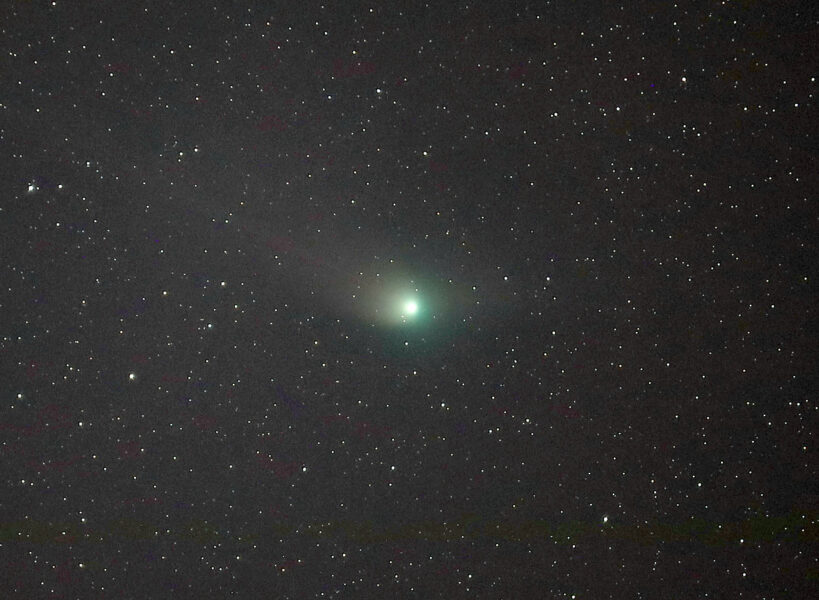
Bob King
I'll have more about this delightful comet next week, but brightness-wise it's performing as predicted with a current magnitude of about 5.5. That was my estimate Thursday morning, January 26th, from my home near Duluth, Minnesota. It was faintly visible to my unaided eye using averted vision as a fuzzy patch about 20′ wide just above the Little Dipper's Bowl. I was surprised to see all three of its tails in 10×50 binoculars. The west-pointing dust tail was brightest, but I also saw the comet's anti-tail and a wisp of the ion tail.
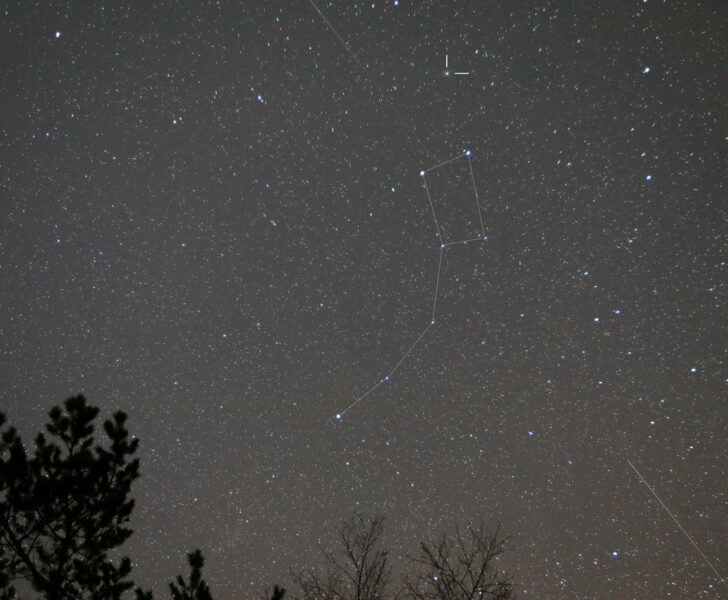
Bob King
Through my 15-inch (38 cm) reflector, the comet's green coma was very evident, as was its tiny, bright false nucleus. I searched for jets using a magnification of 245× but couldn't convince myself any were visible. While the dust and anti-tails were obvious, I had to use averted vision to make out about 0.5° of the ion tail. If you have access to dark skies and a moderate-size instrument, it's a fine object.
 0
0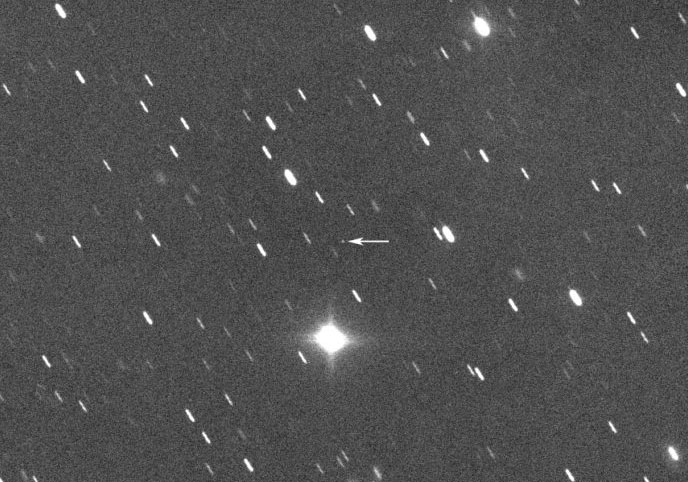










Comments
You must be logged in to post a comment.